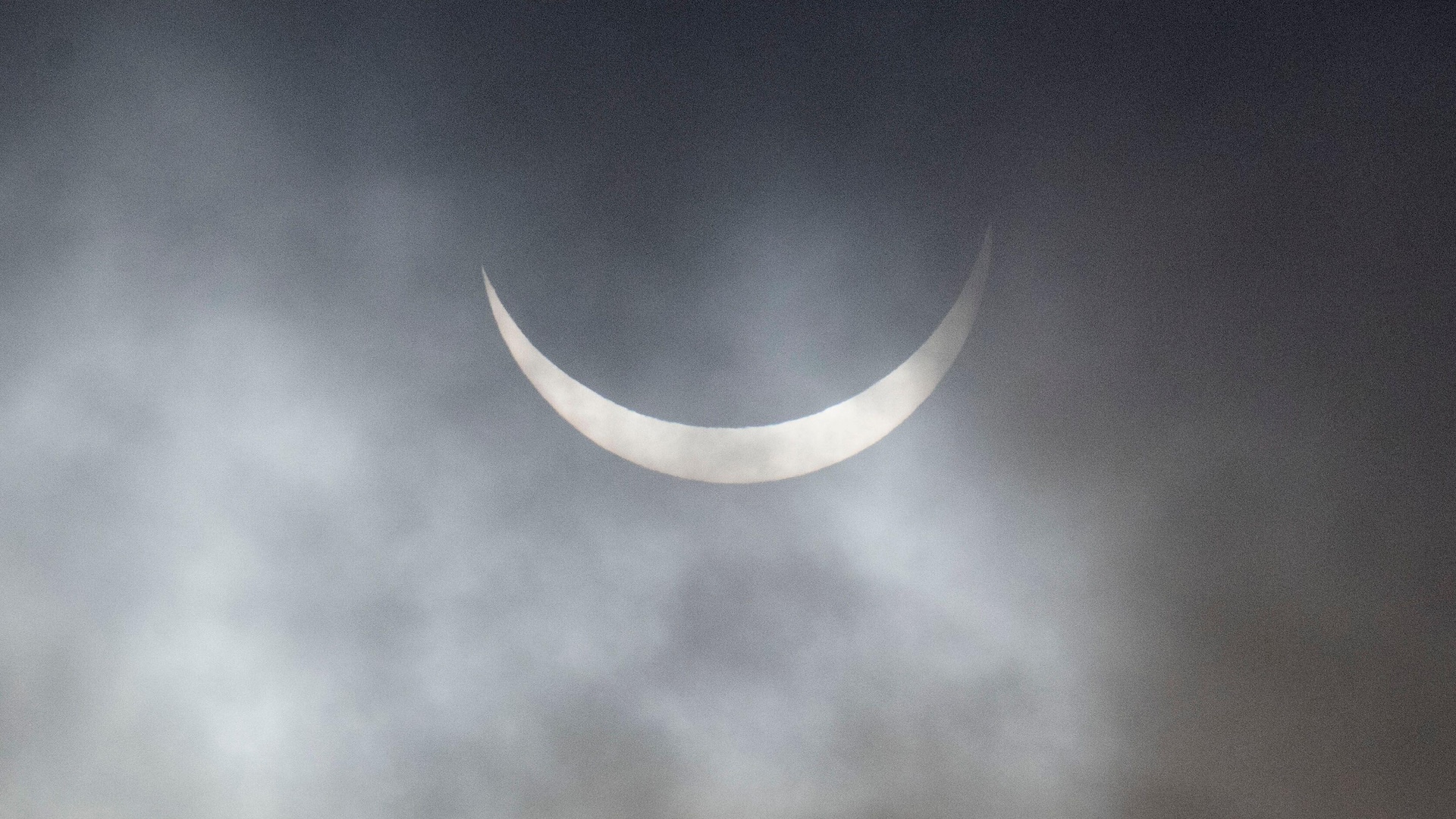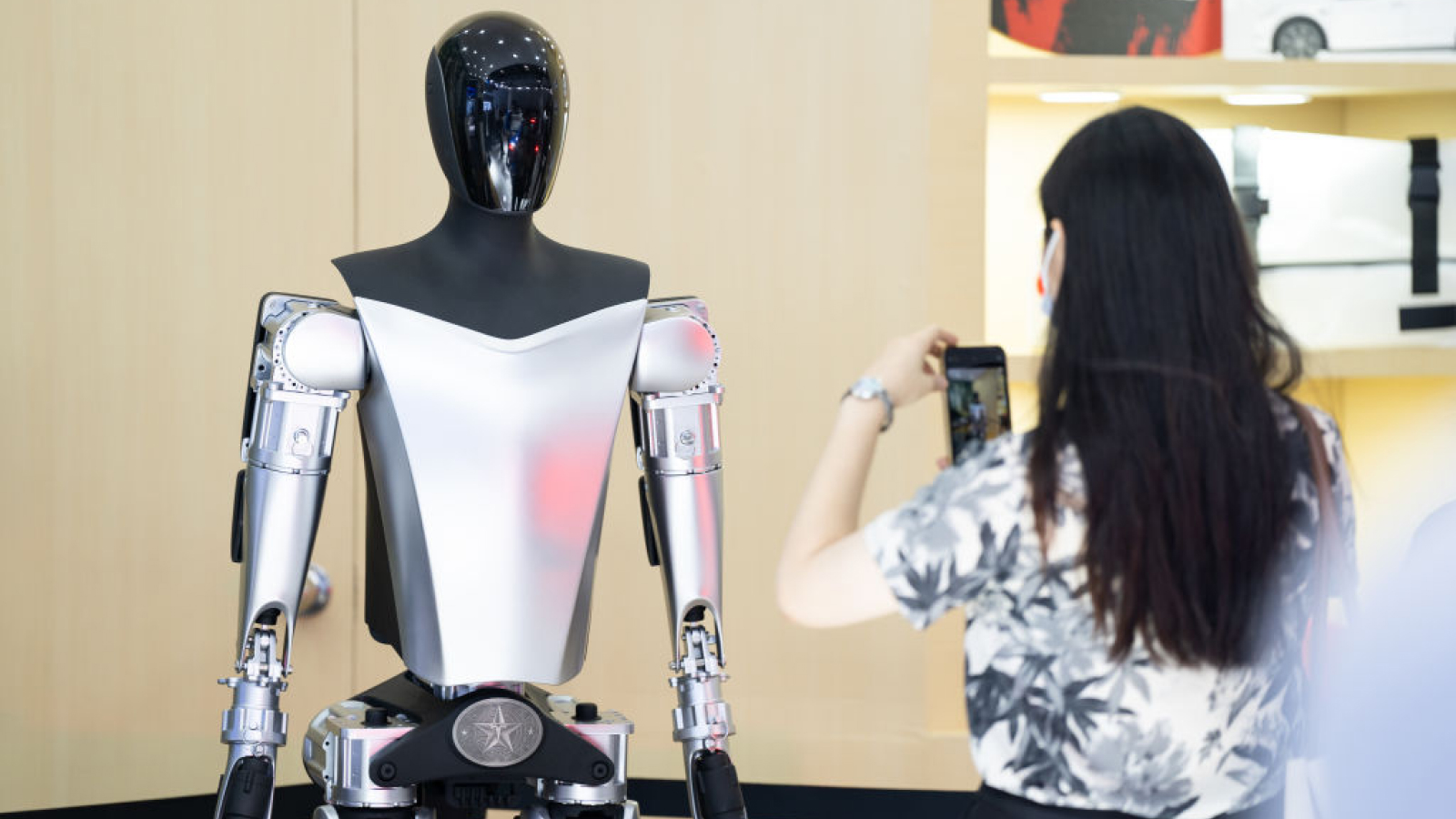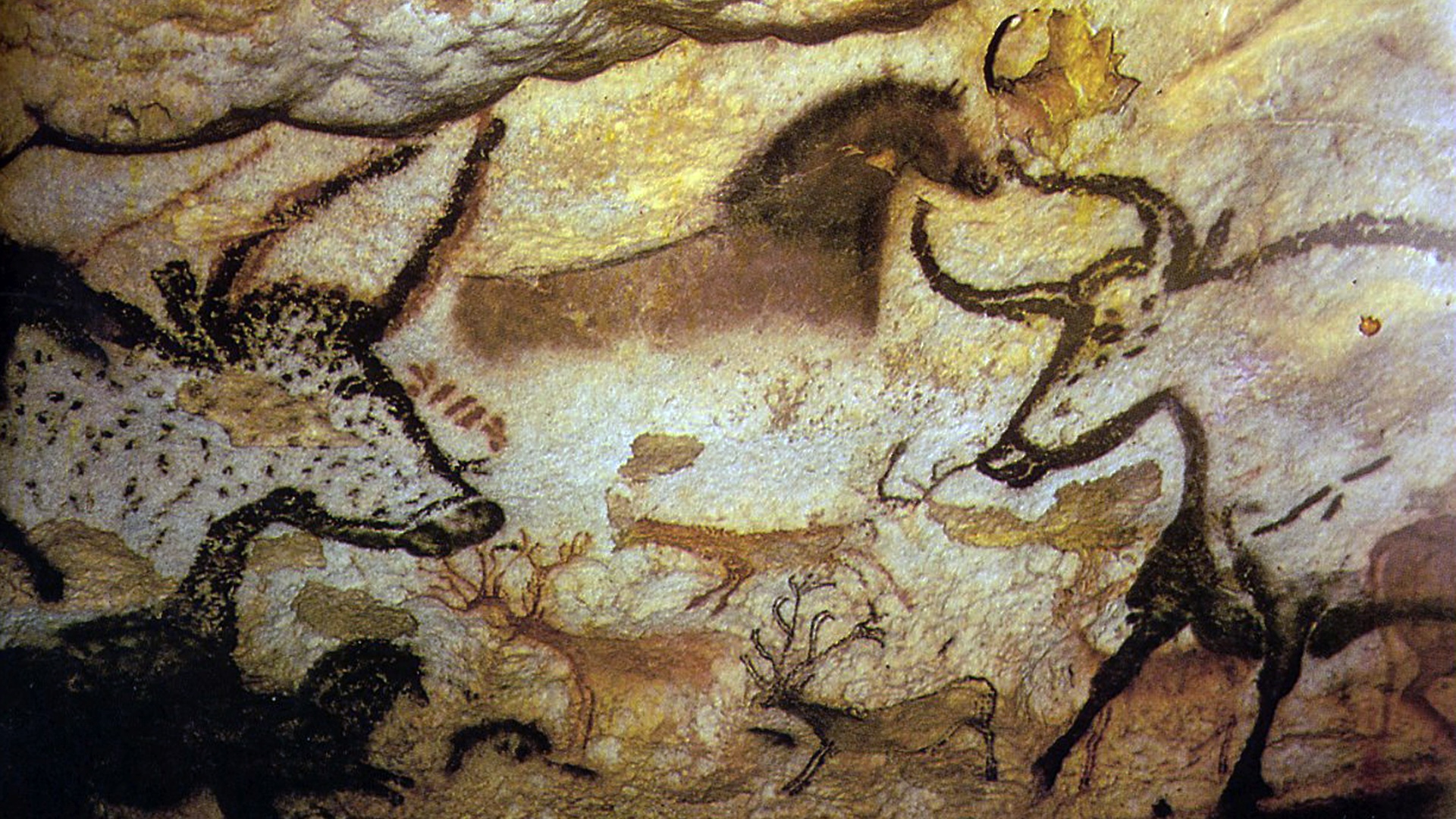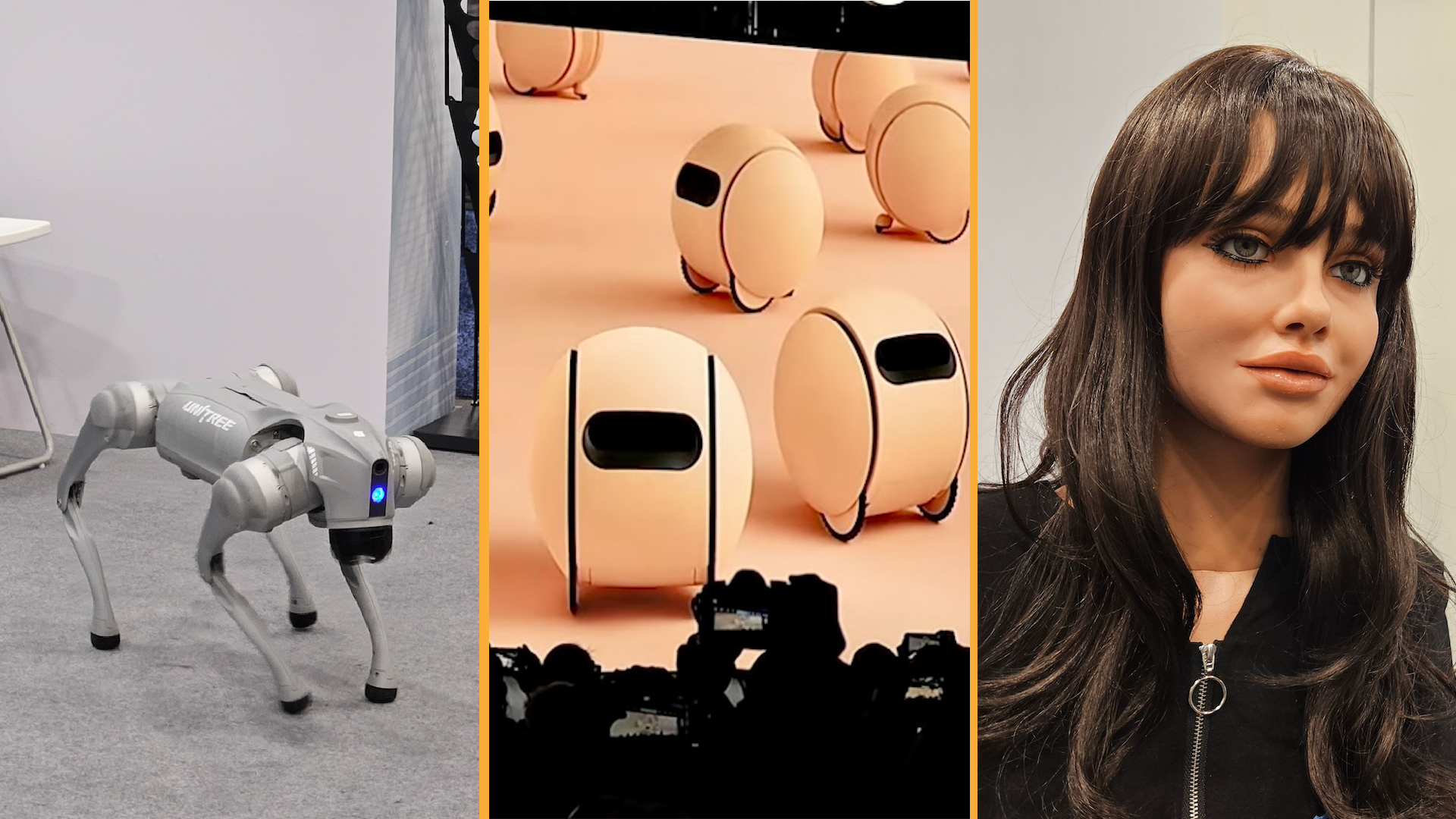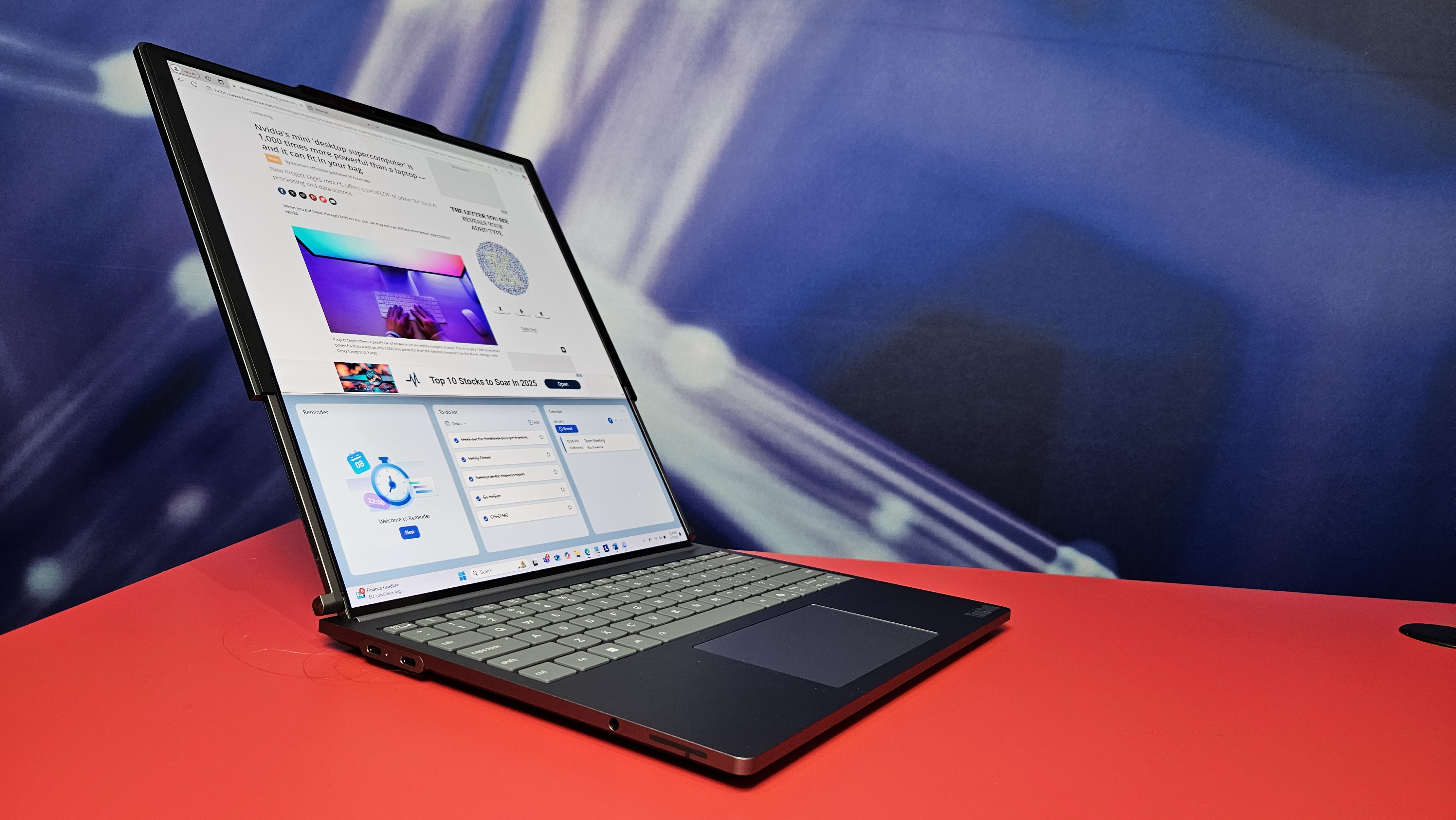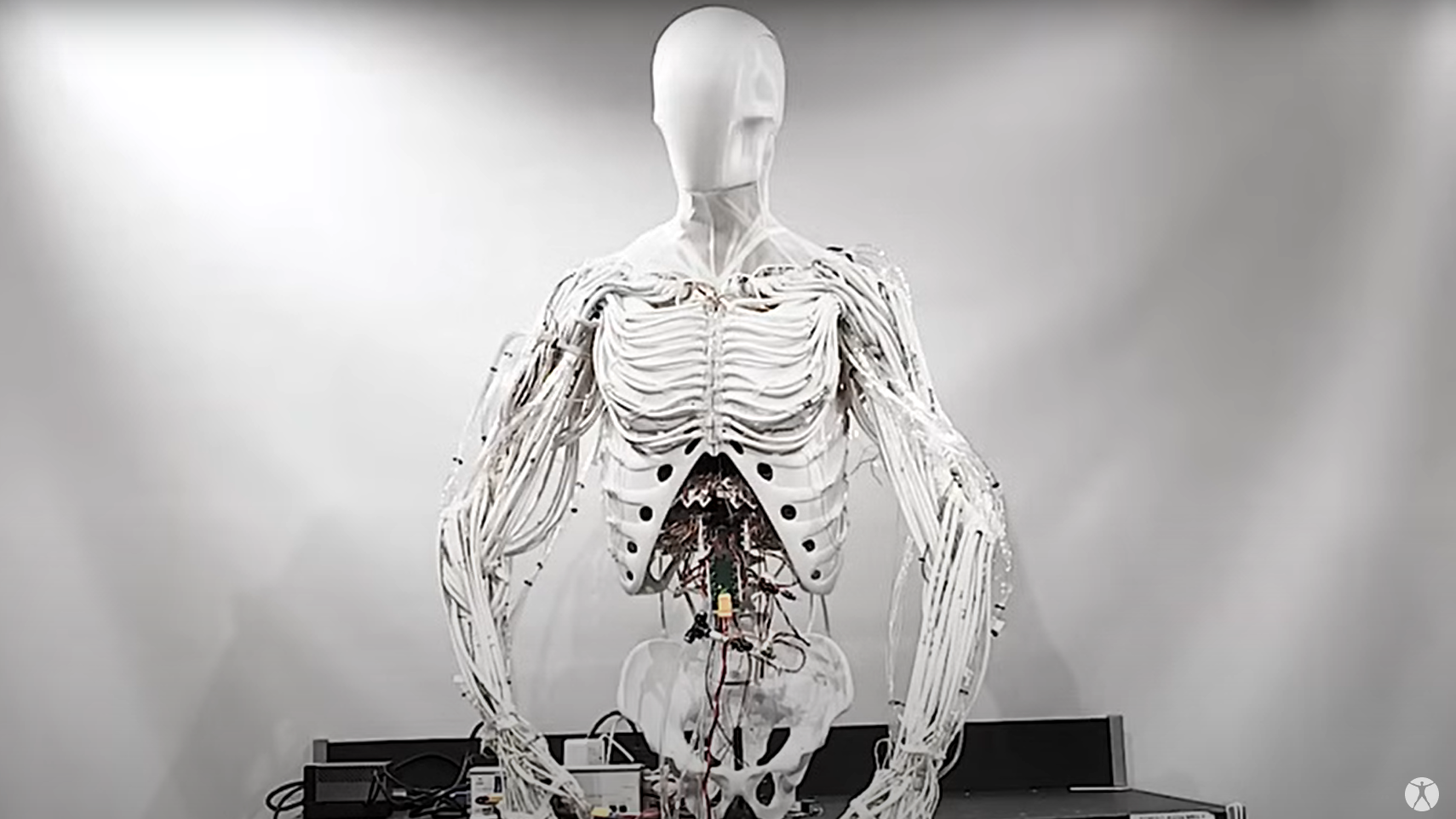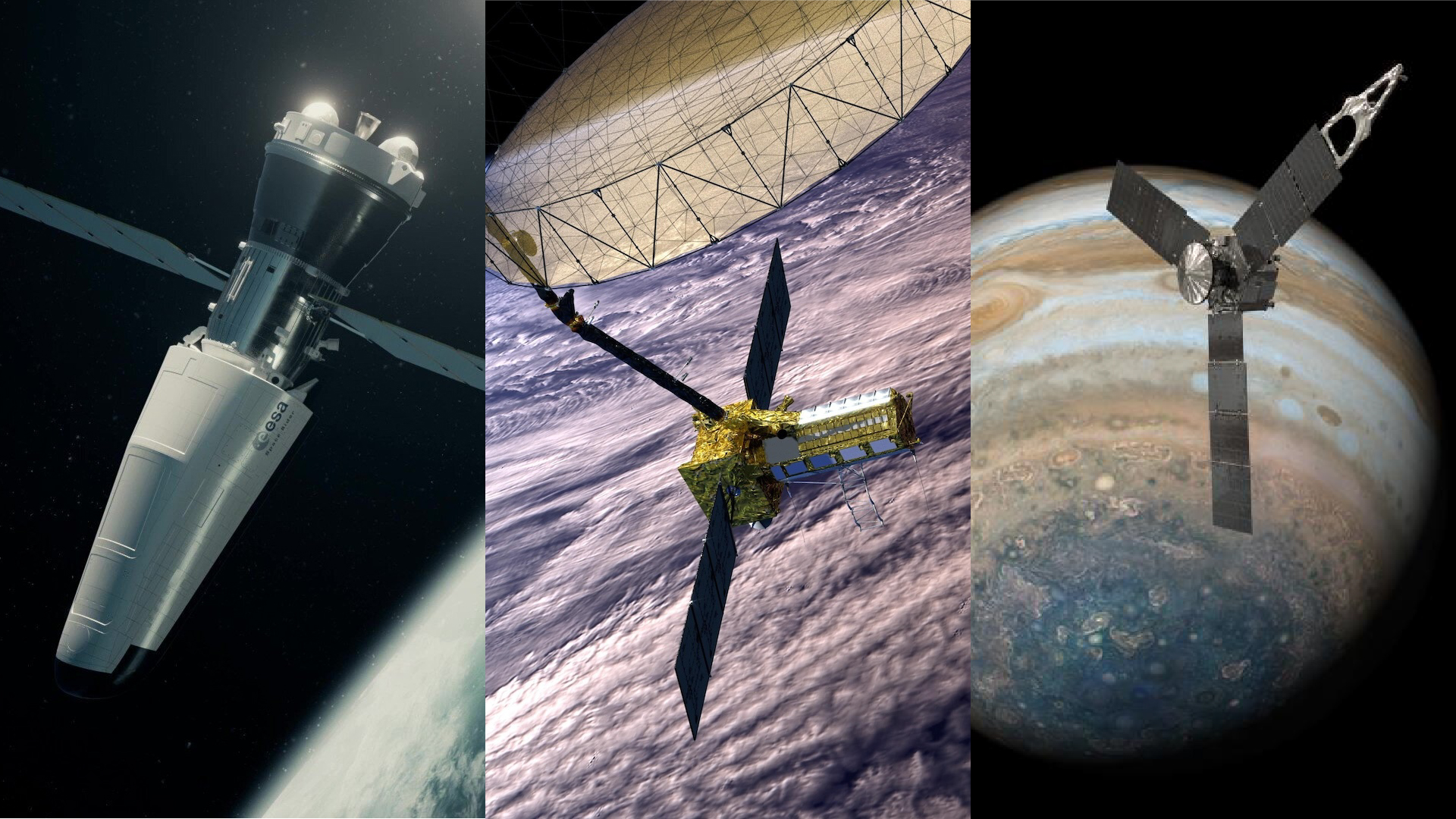
5 Great Places To Observe Comet ISON
Where to watch
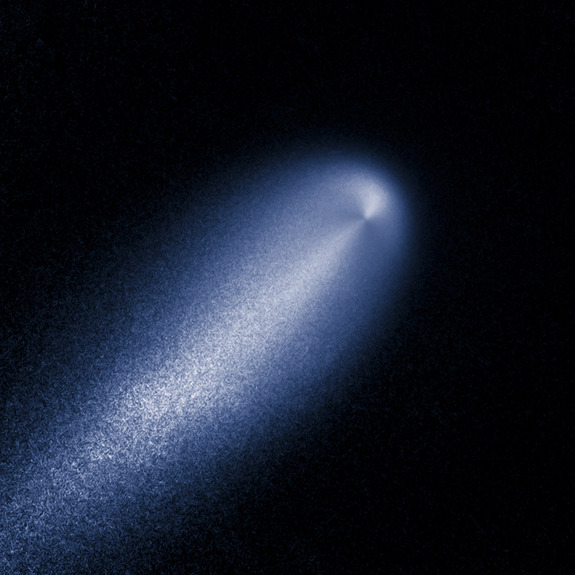
While any place with a dark sky and a low horizon is good one from which to see Comet ISON — a comet making a close approach to the sun on Nov. 28, 2013, and that could be visible in the United States into December — there are some viewing areas that have a bit of an edge. Perhaps it's a national park in the middle of a dark, dry desert. Or maybe it's a telescope that is close to the city, with trained astronomers on site to show the public around.
These five viewing locations are a mix of natural and built-up areas across the United States boasting great views of ISON, and in some cases, facilities where you can use a big telescope to get a better look.
Great Basin National Park

Great Basin National Park in Nevada not only has dark skies and dry, desert air to provide a beautiful view, but the park itself has a robust astronomy program during the spring, summer and fall. Even wintertime viewers can get some information on the park's website about the forecast for the evening, and the best spots to gaze at the sky.
"The area boasts some of the darkest night skies left in the United States," according to the park's website. "Low humidity and minimal light pollution, combined with high elevation, create a unique window to the universe
Bryce Canyon National Park
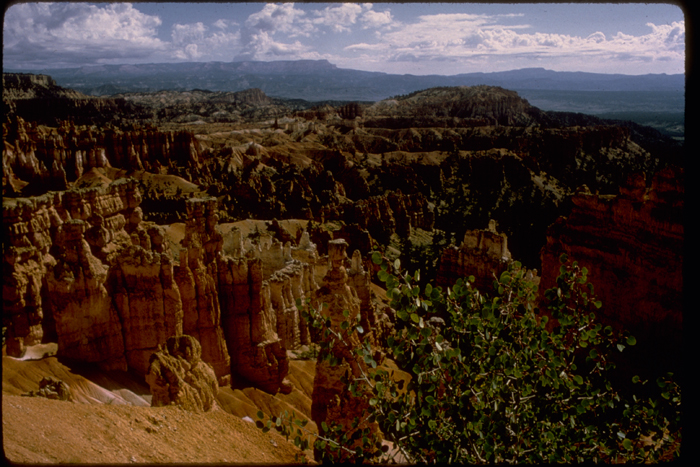
Stepping into Bryce Canyon National Park in Utah is like living in a time before there was light pollution, according to the park's website. "Here the Milky Way extends from horizon to horizon like a vast silver rainbow," officials wrote. "Here Venus, and even Jupiter, are bright enough to cause you to cast a shadow."
The park hosts an astronomy night every Saturday night between November and March, with more frequent events in the spring, summer and fall. Rangers monitor not only light pollution, but also air quality, which has an effect on nighttime views because particulates in the atmosphere can cloud the sky.
Appalachian State University Dark Sky Observatory
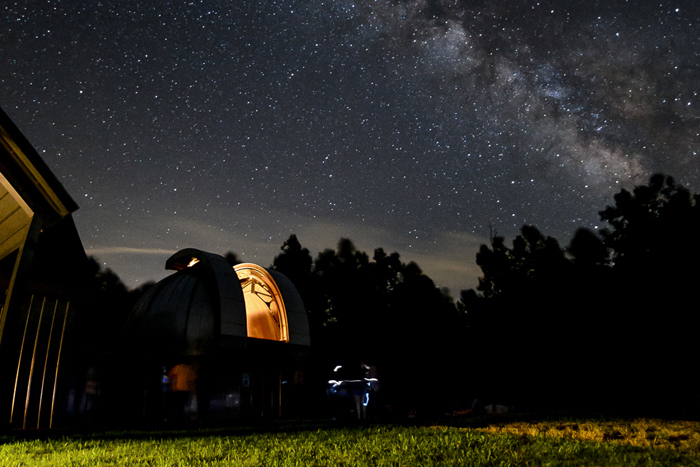
Dark skies and expert eyes — courtesy of public events hosted by astronomers — are some of the appealing features of the Appalachian State University Dark Sky Observatory in North Carolina. Visitors have access once a month to the 32-inch telescope onsite to look at different objects in the sky, which could include Comet ISON if it gets bright enough.
"The observatory is located about 20 miles [32 kilometers] northeast of Boone at an elevation of a kilometer [0.6 mile]," the observatory website states. "Far from major cities, its dark skies provide a good setting for digital imaging and spectroscopy done in stellar and solar system research projects."
The Harvard-Smithsonian Center for Astrophysics Observatory
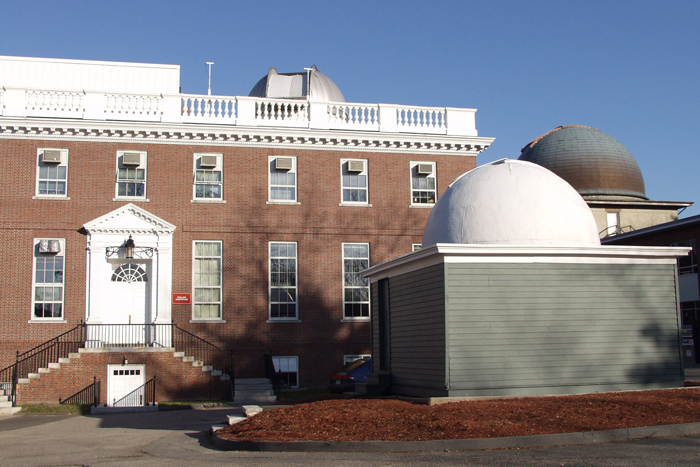
While the Harvard-Smithsonian Center for Astrophysics Observatory is located in bustling Cambridge, Mass., visitors have access to its 15-inch telescope during monthly observing nights. The telescope was first installed in 1847 and was the largest one in the United States for 20 years, although now its use is limited to public nights.
If the weather and comet holds up, the observatory will hold a special public event Dec. 14 to talk about Comet ISON's history and prospects. "Like the Great Comet of 1680, if it survives its close encounter with the Sun, it could be a comet to remember," officials said on the observatory's website.
Griffith Observatory

Los Angeles' Griffith Observatory is close to a huge metropolis, but the advantage for visitors is frequent access to its telescopes: Visitors can look through the lenses any night that the observatory is open and the sky is clear. Plus, the observatory holds frequent astronomy nights for visitors.
"Griffith Observatory's unique architecture and setting, compelling programmatic offerings, and cinematic exposure have made it one of the most famous and visited landmarks in Southern California," the observatory's website says. "Tens of millions have come to walk the inside of the building, view the live planetarium shows, or simply gaze out towards the coast and the heavens."
Sign up for the Live Science daily newsletter now
Get the world’s most fascinating discoveries delivered straight to your inbox.

Elizabeth Howell was staff reporter at Space.com between 2022 and 2024 and a regular contributor to Live Science and Space.com between 2012 and 2022. Elizabeth's reporting includes multiple exclusives with the White House, speaking several times with the International Space Station, witnessing five human spaceflight launches on two continents, flying parabolic, working inside a spacesuit, and participating in a simulated Mars mission. Her latest book, "Why Am I Taller?" (ECW Press, 2022) is co-written with astronaut Dave Williams.
